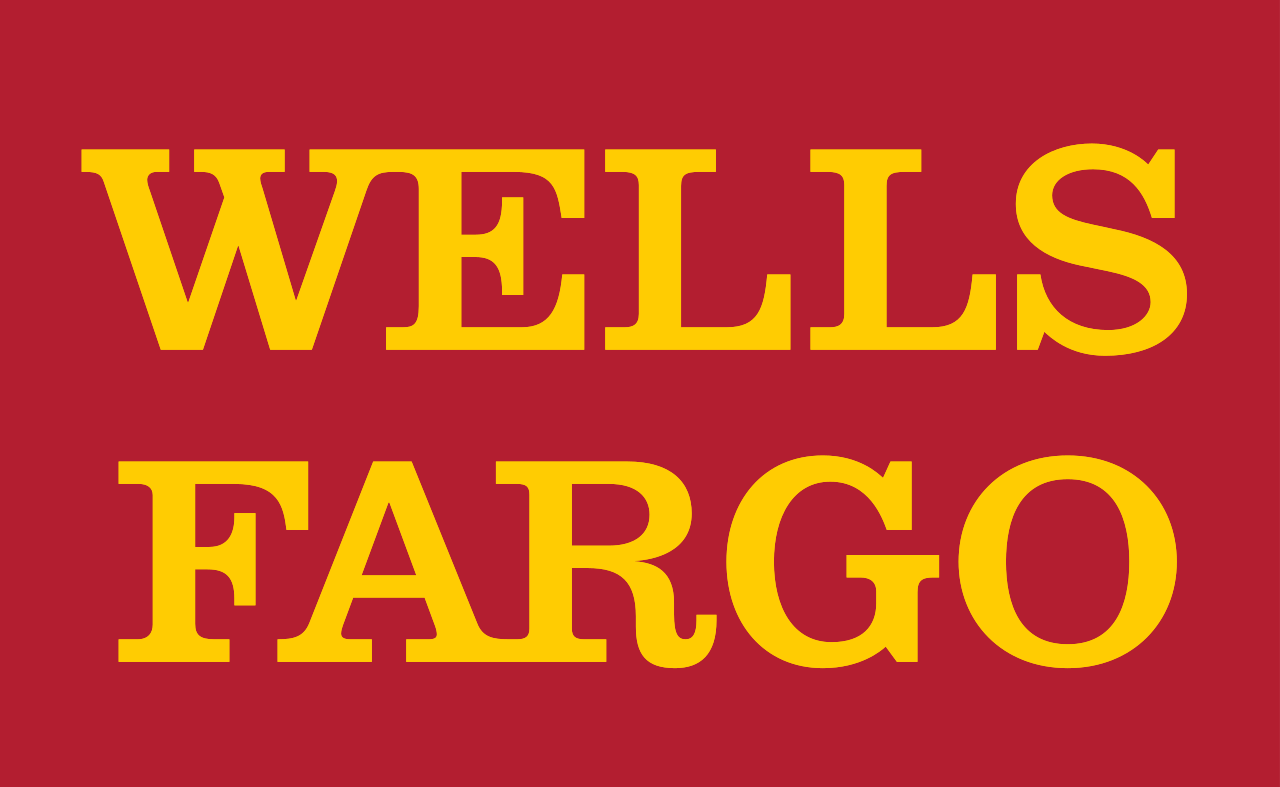
Wells Fargo & Company (NYSE:WFC) reported an EPS of $1.39, beating the estimated $1.23.
The company’s revenue of $20.15 billion fell short of the estimated $20.72 billion, indicating sector weaknesses.
CEO Charlie Scharf expressed caution about the economic outlook, impacting future performance considerations.
Wells Fargo & Company, listed on the NYSE as WFC, is a prominent player in the financial services industry. The company offers a wide range of services, including banking, investment, and mortgage products. It competes with other major banks like JPMorgan Chase and Bank of America. Wells Fargo’s financial health and performance are closely watched by investors and analysts.
On April 11, 2025, Wells Fargo reported earnings per share (EPS) of $1.39, exceeding the estimated $1.23. This performance highlights the company’s ability to generate profit beyond expectations. Despite the positive EPS, Wells Fargo’s actual revenue of $20.15 billion fell short of the estimated $20.72 billion. This shortfall is attributed to weaknesses in the consumer and commercial banking sectors, as noted by MarketWatch. The company’s price-to-sales ratio of approximately 2.57 reflects the market’s valuation of its revenue, while the enterprise value to sales ratio stands at around 2.95.
CEO Charlie Scharf has expressed caution regarding the economic outlook, citing concerns over potential slowdowns due to President Donald Trump’s tariffs. This cautious stance is important for investors to consider, as it may impact future performance. Despite these concerns, Wells Fargo’s shares increased by 0.9% in premarket trading, indicating investor confidence in the company’s ability to navigate challenges.
Wells Fargo’s financial metrics provide further insights into its valuation and stability. The company has a price-to-earnings (P/E) ratio of approximately 10.6, indicating the market’s valuation of its earnings. With a debt-to-equity ratio of about 0.97, Wells Fargo maintains a moderate level of debt compared to its equity. The current ratio of 1.81 suggests the company’s strong ability to cover short-term liabilities with its short-term assets.
